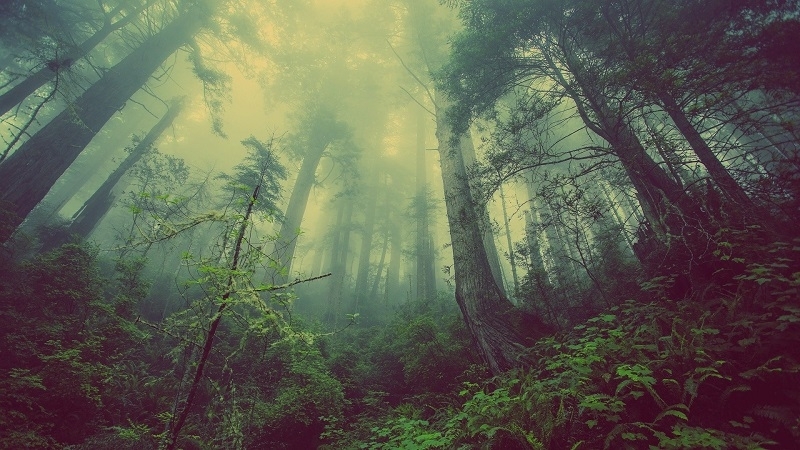Wild Wild Woods / ‘Wood Wide Web’
Published: 14/10/20 By: Mike Bekin
In recent years, the secret world of trees has begun to be laid bare to us in all its glory. 2017 saw national treasure, Judi Dench present a documentary Judi Dench: My Passion for Trees on the BBC.
It ended with an interview with a fungi expert who laid bare the world of trees to Judi. She was shown everything going on under the surface, between the roots of trees, and was dazzled to discover how connected trees are to one another.
Through an underground network of fungi, trees in a forest are all connected by a web of these organisms that swap nutrients in order to keep the whole of the wood alive. For Judi Dench, this was proof that, “trees aren’t just trees, they are a real community that help each other, humans and the planet.”
Mapping the network
Further work has been conducted on finding out a lot more about this underground network of fungi and microbes that connect trees to each other.
Scientists have now mapped the network, creating a database of more than 28,000 species across 70 countries. It is the first global map of “mycorrhizal fungi networks” ever to be produced and has revealed that the ‘wood wide web’ contains fungi, organisms and bacteria that date back more than 500 million years.
More astonishingly, however, than the age of some of the organisms and fungi is the fact that there is evidence of the fungi existing in, “subtle symbiosis with plants, bringing about not infection but connection”. The discovery started years ago in 2012 by undertaking the mammoth challenge of documenting where trees live.
Due to the contributions of government agencies and scientists he was able to use the data given (the location and sizes of trees) to reveal in 2015 that the earth has about 3 trillion trees.
This discovery inspired Stanford University biologist Kabir Peay to contact Crowther recommending that the same approach be taken to the web of underground organisms connecting forest trees. From there, they were able to identify not just the symbiotic connection at work in the ‘wood-wide web’, but how climate change is affecting it.
Climate change impacts
The different types of fungi do different things. EM fungi is more common in temperate forests and stores more carbon in the soil. AM fungi, more prevalent in the tropics, releases carbon back into the atmosphere more quickly. The web has revealed that 60% of trees are connected to EM fungi, and worryingly these fungi are more susceptible to climate change.
As the global climate rises due to global warming, those trees will be replaced by species favouring AM fungi, which will then release more carbon back into the atmosphere. This will then accelerate the climate change process further.
There is still important work to be done on the discoveries being made in this area, but we should take this breakthrough as another important caution about the need to take positive steps to protect the planet and our environment now.
As a dedicated sustainable timber importer and supplier, we are passionate about making positive steps to help protect the ecosystem and our planet and can deliver FSC® cladding and decking nationwide. To find out more about what we do, call us on 0345 638 1340.
